Bioscience
Into the belly of the bee
Honeybees bring back more than just nectar from their floral feasts and these microbes may help them survive turbulent times.
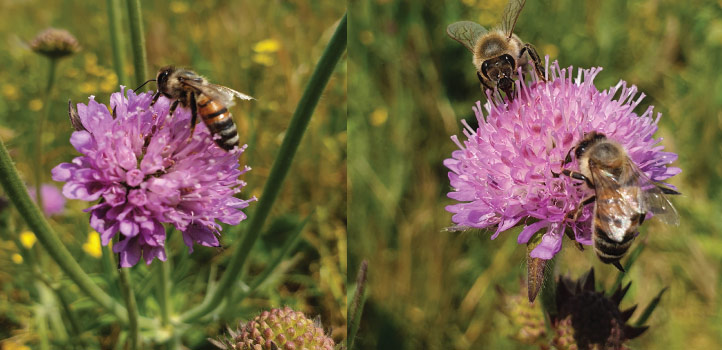
KAUST researchers studied the environmental bacteria and fungi in the guts of bees that play an essential role in making them more resilient to external threats. © 2021 KAUST. /en/article/1135/into-the-belly-of-the-bee
KAUST researchers studied the environmental bacteria and fungi in the guts of bees that play an essential role in making them more resilient to external threats. © 2021 KAUST. /en/article/1135/into-the-belly-of-the-bee
Environmental bacteria and fungi that end up in the belly of honeybees may be essential to their survival in a changing world as bee populations dwindle due to pesticides, poor nutrition, habitat destruction and declining genetic diversity.
Like many animals, bees have an internal armory. Their guts are home to a multitude of microbes that perform vital functions, from aiding digestion to breaking down toxins and fending off parasites. “A healthy gut microbiota makes bees more resilient to threats such as pathogens and climate change,” says KAUST research scientist Ramona Marasco, “highlighting the need to understand how different microbes help their host.”
Extensive research into the microbiome of the European honeybee (Apis mellifera) has focused on several bee-specific (core) bacteria whose functions and distribution throughout the gut are now well understood. However, overlooked are the minor members of the microbiome, such as bacteria and fungi that the bees inadvertently ingest while foraging.
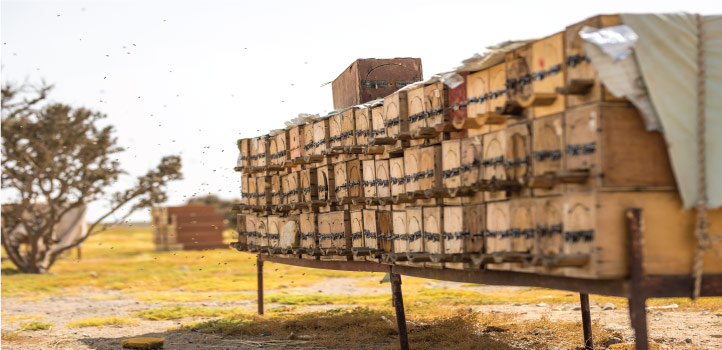
The team gathered hundreds of honeybees that had been freely foraging from local flowers and fields at sites in Italy and Saudi Arabia.
© 2021 Morgan Bennett-Smith.
The team, led by Daniele Daffonchio, gathered hundreds of honeybees that had been freely foraging from local flowers and fields at sites in Italy and Saudi Arabia. The researchers removed the whole gut from each bee and used genome sequencing to analyze the bacterial community in each of the four main gut sections. “The challenge was to separate each gut section without releasing intestinal content that could contaminate the microbial communities of the other sections,” says postdoc and co-first author Matteo Callegari, “so we froze the guts at -20 degrees Celsius before carefully cutting them up.”
As expected, core bacteria accounted for up to 98 percent of the total bacterial community. However, the small remaining portion included 164 operational taxonomic units, a proxy for species, of bacteria and 118 of fungi, compared to just 32 from the core species.
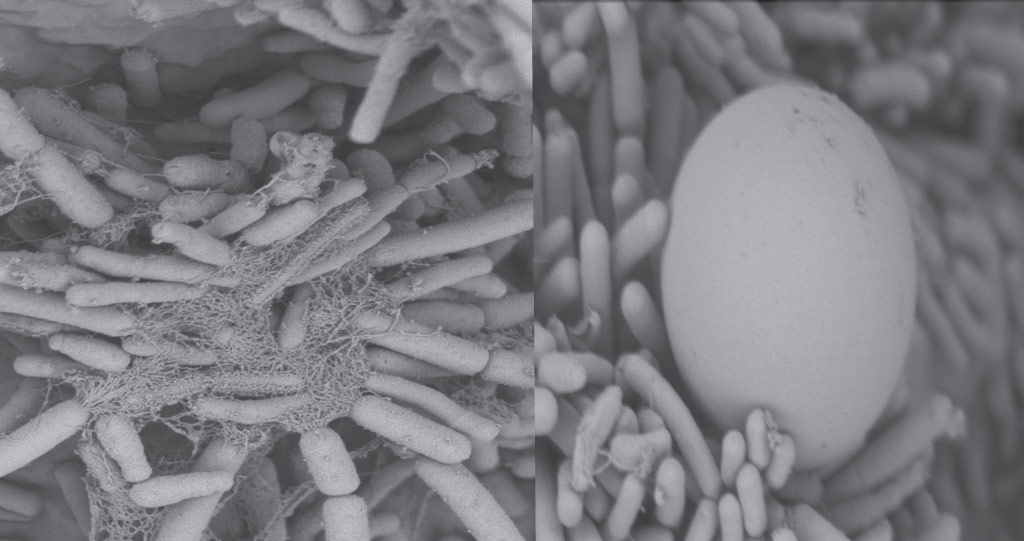
The findings suggest that minor gut microbes may play an important role when bees are under stress due to unusual environmental conditions, such as climatic change.
© 2021 KAUST.
The team was surprised to find that the diversity and abundance of all three microbial components varied along the gut. “Each gut compartment has different physical and environmental properties, such as pH, sugar concentration and oxygen levels,” says Marasco. “Consequently, only bacteria and fungi that can cope with a compartment’s unique conditions can survive and be metabolically active there.”
The team used previous taxonomy data to predict how each of the environmental bacteria helps their honeybee host. Possible functions included producing antibiotics, breaking down toxic substances, metabolizing carbohydrates, digesting amino acids and fats, and distributing nutrients. The fungi were largely fermentative yeasts that are often important in digestion.
“Our findings suggest that these rather neglected minor microbes may become important players under unusual environmental conditions, such as climatic stress,” says Daffonchio. “We are currently studying their functions so we can understand how honeybees respond in such a variable world.”
References
- Callegari, M., Crotti, E., Fusi, M., Marasco, R., Gonella, E., De Noni, I., Romano, D., Borin, S., Tsiamis, G., Cherif, A., Alma, A. & Daffonchio, D. Compartmentalization of bacterial and fungal microbiomes in the gut of adult honeybees. npj Biofilms and Microbiomes 7, 42 (2021).| article
You might also like

Bioscience
Mica enables simpler, sharper, and deeper single-particle tracking

Bioengineering
Cancer’s hidden sugar code opens diagnostic opportunities

Bioscience
AI speeds up human embryo model research

Bioscience
Sex chromosome overload sparks to a common developmental faultline

Bioscience
Super fungi survive extreme Mars-like environments
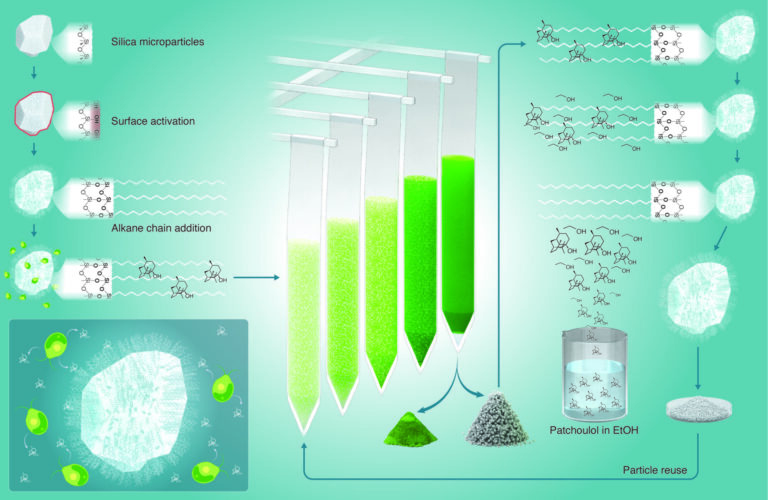
Bioengineering
High value harvests from designer algae

Bioscience
Digging into the world of plant-growth-promoting microbes
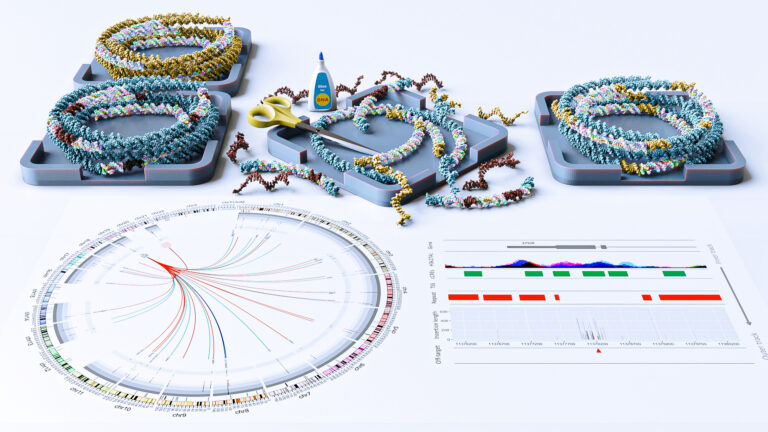
Bioengineering




